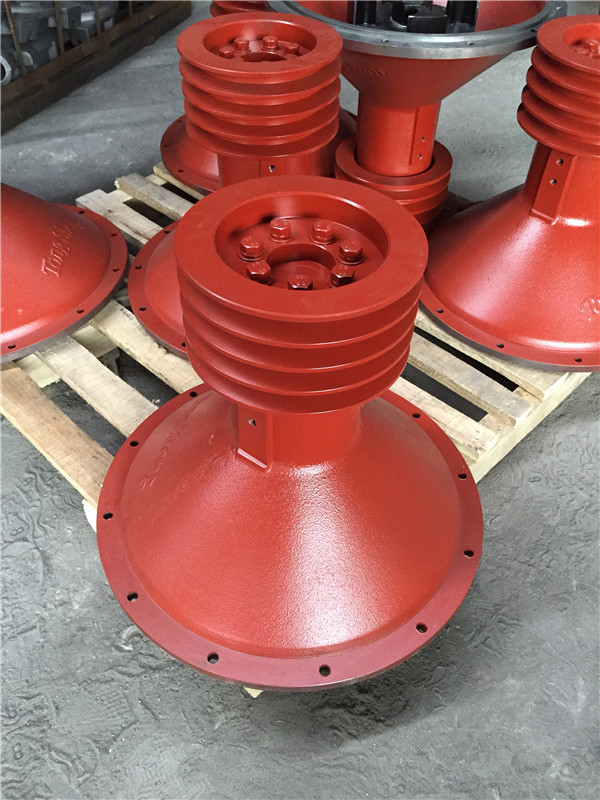Phone Number
+86-311-83601906
Phone Number
+86-311-83601906
Office Add: No.0702-2-1-C2 Hongshiwan, No.8 Dongsanzhuang Street,Xinhua District,Shijiazhuang, China.
Tel: +86-311-83601906
Whatsapp/Wechat: +8615833966866
hbmetals@hotmail.com
The structure of cast iron depends on the degree of graphitization. In order to obtain the required structure, the key is to control the degree of graphitization. Practice has proved that many factors such as the chemical composition of cast iron, the cooling rate of cast iron crystals and the overheating and standing of molten iron all affect graphitization and the microstructure of cast iron.
1. Effect of chemical composition
Common C, Si, Mn, P, S in cast iron, C, Si are elements that strongly promote graphitization, and S is an element that strongly hinders graphitization. In fact, the influence of each element on the graphitization ability of cast iron is extremely complicated. Its influence is related to the content of each element itself and whether it interacts with other elements, such as Ti, Zr, B, Ce, Mg, etc. hinder graphitization, but if its content is extremely low (such as B, Ce <0.01%, Ti < 0.08%), they also showed the role of promoting graphitization.
2. Effect of cooling rate
Generally speaking, the cooling rate of castings tends to be slower, the more favorable is the crystallization and transformation according to the Fe-G stable state diagram and the full graphitization; otherwise, it is beneficial to the crystallization and transformation according to the Fe-Fe3C metastable state diagram, Finally get white iron. In particular, graphitization in the eutectoid stage, because the temperature is low, the cooling rate is increased, and atom diffusion is difficult, so in general, it is difficult to fully perform the graphitization in the eutectoid stage.
3. The effect of overheating of cast iron and high temperature standing
Within a certain temperature range, increasing the superheating temperature of the molten iron and prolonging the standing time at high temperature will lead to the refinement of the graphite matrix structure in the cast iron and the strength of the cast iron. Further increasing the degree of superheat, the nucleation ability of cast iron is reduced, so that the graphite morphology is deteriorated, and even free infiltrate appears, which reduces the strength instead, so there is a ‘critical temperature’. The level of the critical temperature mainly depends on the chemical composition of the molten iron and the cooling rate of the casting. It is generally believed that the critical temperature of ordinary gray cast iron is about 1500 to 1550 ℃, so it is always desirable to have a higher iron temperature.

Previous: Graphitization of cast iron